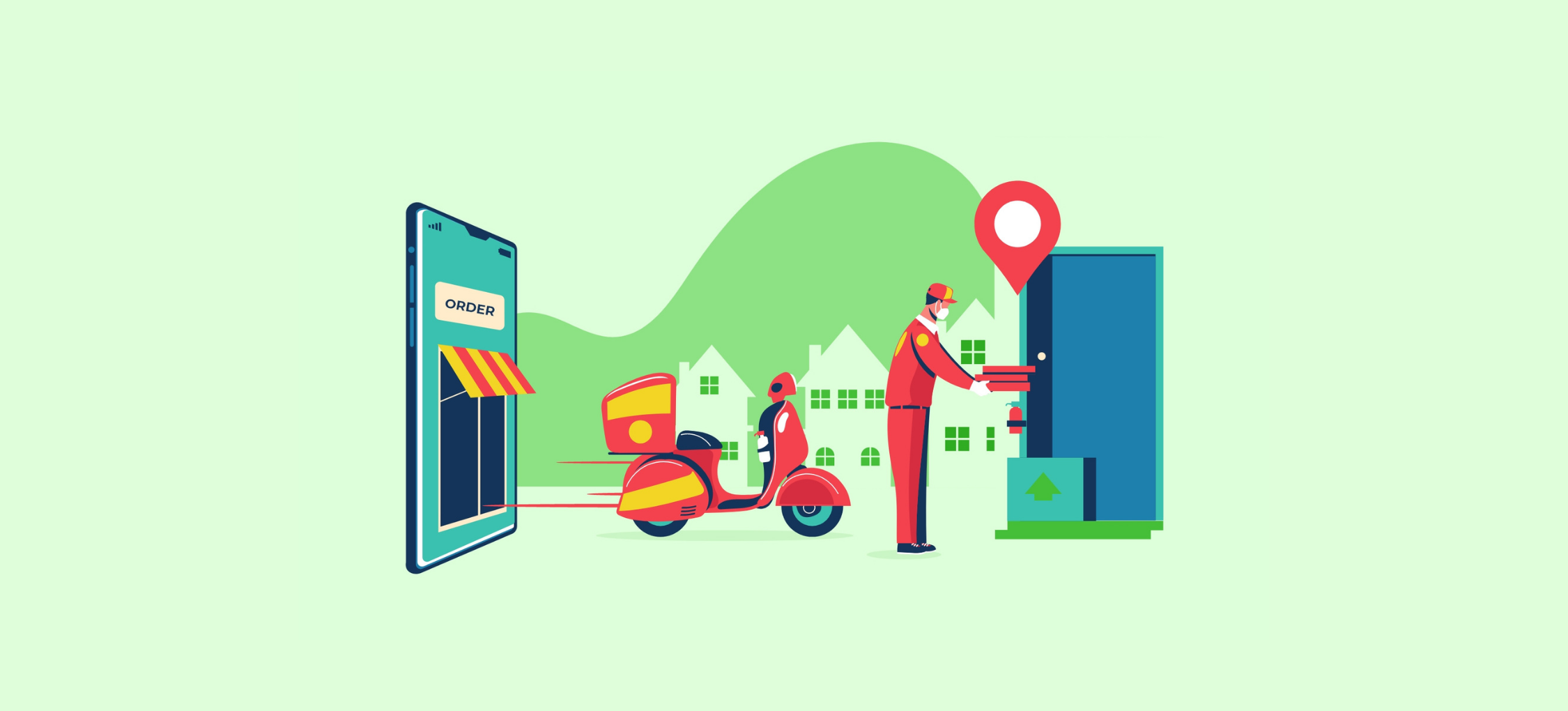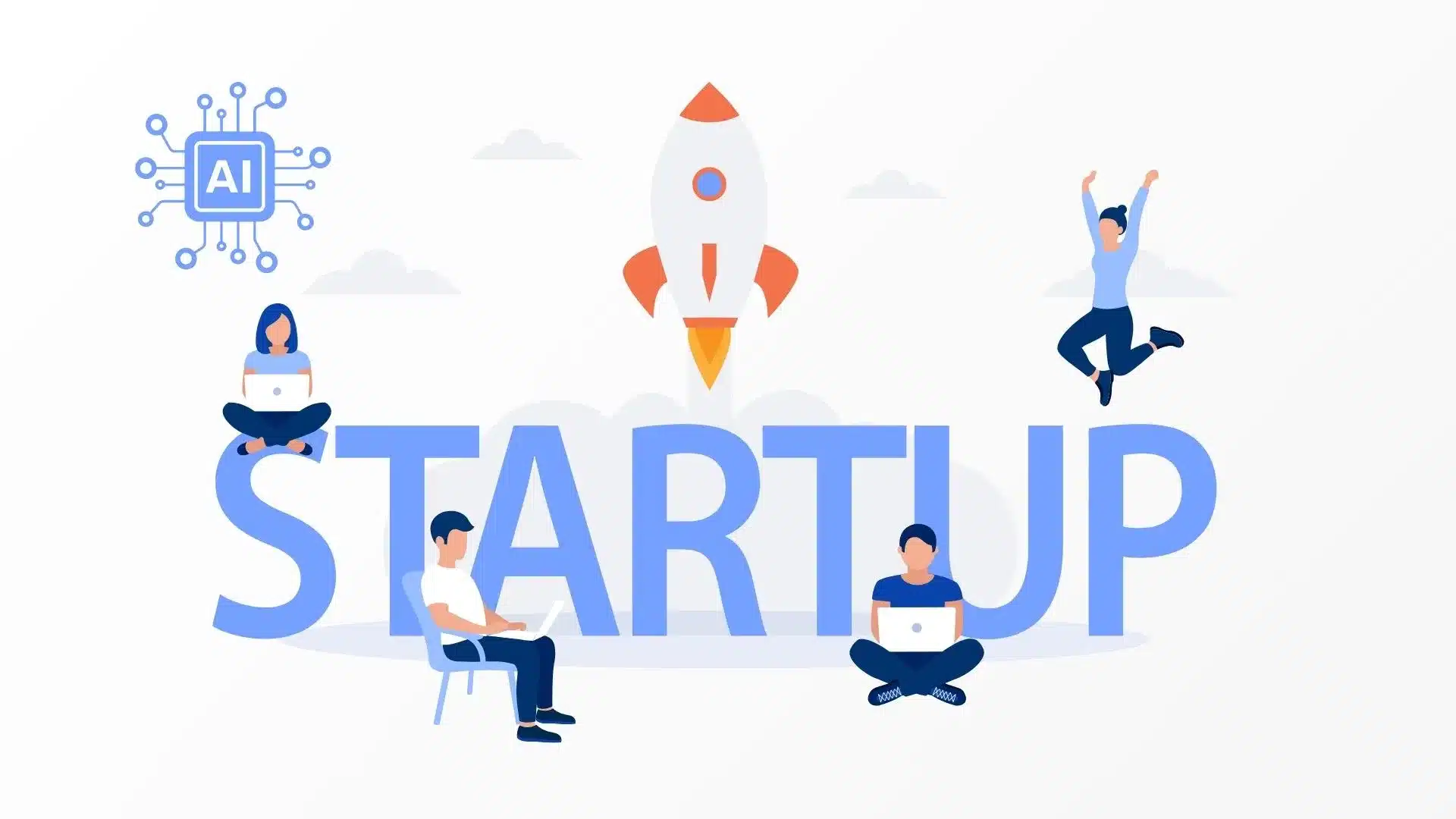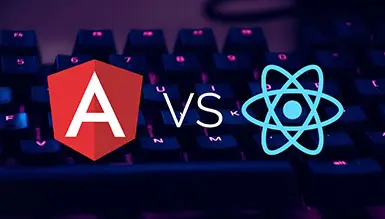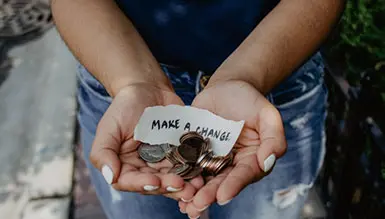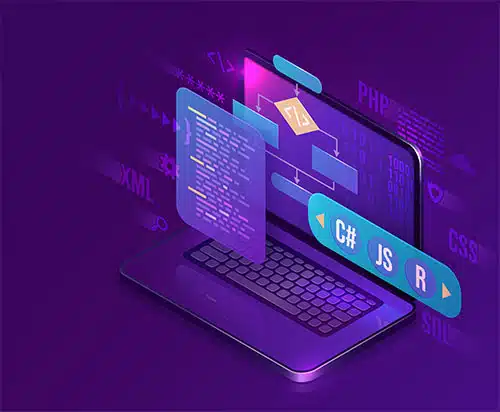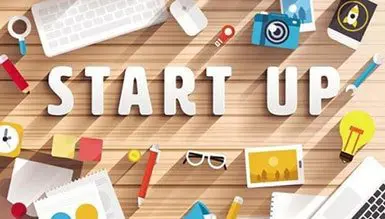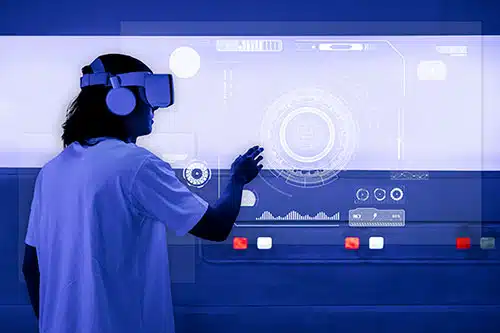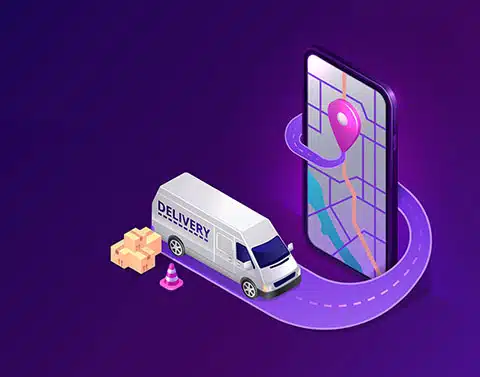The on-demand delivery app, you must consider the type of service you provide along with the costs involved, audience demands, an estimate of hourly charges, the trends in the market Consider this fact: 2020 recorded a total of about 14 billion mobile devices worldwide, and there are about millions of apps on Google Play and Apple Store.
You are highly mistaken if you think these mobile apps are solely for the big brands and names like Walmart and Amazon. With the ever-evolving market and rising demands from consumers, more and more small-size businesses are now inclining towards mobile-oriented customers.
From delivering food to transporting preferred services- the on-demand economy has slowly paved its way into almost every sector. The on-demand services can find relevance in even the industries previously nobody thought of- for instance, the app Soothe relaxes its user from stress by providing on-demand massage service.
Maybe it’s time to consider getting some App Appeal! In this article, we will dive deeper into everything concerning the development of an on-demand delivery app. Read ahead to know more.
What is an on-demand delivery app?
Unlike the conventional old times when one had to step out to buy groceries, eat food, shopping, etc., an on-demand delivery app brings these services home. Creating such an app involves more than just a user-friendly, interactive website. It can do a lot more than just providing a user interface for marketing purposes.
Do you want to provide your clients with rapid, instant access to various services? Would you like to serve a large, constantly growing user base with what is best for them? Build a delivery app for your business to soar higher, faster.
How Does It Work?
An on-demand app, at the outset, is an aggregator of various options for products, services, as well as entertainment. It is equivalent to when you walk into a fair and search for the products you like from different shops all in one place. These types of apps let their customers select any product or service of their choice, and the service provider will get it delivered to their door. It can be anything- from food, makeup, groceries, furniture, etc. (product-based) to transportation, healthcare, petting services, etc. (service-based).
On-demand companies work on either a pay-as-you-go or a subscription-based model. You can choose the one that suits your business the best!
A Sneak Peek into the Market Trends
The market value for an on-demand delivery app is ever-changing. It depends entirely on the current demand among the consumers and the ability of other apps to meet those expectations.
The economy of on-demand apps grew exponentially about five years ago. The demography of audiences is shifting rapidly. Although a majority of the demanding audience is still the millennials, the elderly are also getting more tech-savvy and catching up- especially due to the healthcare, transportation, and food delivery services.
About 44% of US consumers order food at least once every month. Isn’t it impressive?
The overall geographic spread of on-demand services goes something like this in the US:
- 31% customer-base is from major cities;
- 30% customers are from the outer suburbs; and
- 39% of customers belong to rural areas.
It would be pretty safe to state that the audience base more or less spreads uniformly among the urban, suburban, and rural areas. Now that’s a major thumbs up for all the businesses who are willing to invest in it.
It is no brainer that this demography varies A LOT based on the targeted set of audience, their geolocation, gender, age, types of service in demand, and many more. But long story short, mobile devices are now a great source of reaching maximum consumers as well as potential leads.
Types of On-Demand Applications
The list is almost endless.
A service provider can incorporate pretty much every product and service with an on-demand delivery app. But here are some of the most popular services that you can find:
- Food and Grocery: Delivery of order-specific grocery, cuisine, alcohol, beverages, etc.
- Transportation and Taxi: Reaching a destination with a rented vehicle as and when required.
- Beauty: Scheduling and booking a home visit by a beauty professional.
- Shopping: Equivalent to window shopping, where one can look for clothes, makeup, accessories, etc., online.
- Education: Learners and professors can directly connect for online learning, and students can get online study materials.
- Rental: Finding a hotel, vacation house, a private jet, a car, etc., in rent for the desired location.
- Home Services: Booking plumbers, carpenters, electricians, etc., for the concerned services at home.
- Healthcare: Hiring a professional for part-time or full-time service, as a nurse, doctor, physiotherapist, etc.
- Pharmacy: Buying prescribed medication when a user can’t go outside in the pandemic or for medical reasons.
How to Build an On-Demand Delivery App?
According to CB Insights, about 42% of startups fail with their products because the market doesn’t need them in the first place. To make sure that doesn’t happen in your case, you must skip the shenanigans and focus on the following points:
Step #1. Conduct a Market Research
Answer the following questions when researching the market:
- What is the vision and mission of your company?
- What are your goals with the products/ services that you offer?
- Who is your target audience?
- What are the needs of your audience? Can your product/ service solve it?
- What do your users expect from your product/ service?
- How can you meet the customer’s expectations?
- How can you monetize your platform?
Consult our business analyst to understand these details.
Step #2. Set and Define your Targeted Audience
Marketing your products to the entire audience base is a waste of time and money. To get maximum conversions, try to narrow down the public that gets exposure to your content. The chances of getting conversions become higher, and you can gain maximum profits this way. You can also display personalized ads and provide personalized services based on the audiences’ interests.
Step #3. Create a Journey Map for the Customers
What are the steps in which a customer places an order? Is there a cart in your app? What is the payment mode? Consider answering such questions before you build a delivery app. A customer journey map refers to the customer’s journey through an app from their point of view. It involves every step- right from searching for a product to placing a delivery. Such a map can help you understand the logic of your finalized app.
Step #4. Develop a Prototype and Test it
Creating a prototype of your service will help you understand your product better. Collaborate with designers to create a working prototype of your platform that represents the final variant of your app- including the interface as well as the functionality.
Step #5. Come up with an MVP Version
The MVP (Minimum Viable Product) consists of only the significant features that you need to satisfy the basic needs of the users. An MVP will let you get accurate user feedback, understand their current expectations, and update the product accordingly.
Admin Panel & Dashboard
The essential parts of an on-demand solution/ system consist of four major parts:
- App for Users – the app that lets customers access the services;
- App for Service providers – the app for managers, drivers, courier service providers, etc. that help in managing the orders and functioning properly;
- Server – the one used for data processing and storage;
- Admin Panel – that lets the admin/ owner control the actions of the users, managers, etc., along with other processes.
Cost of On-Demand Delivery Apps
The cost incurred in developing an on-demand delivery app depends on the time taken to develop it. In simpler words, complex apps that take up more development time will cost more, and vice versa. While there is no exact number or estimate for it, we can give you an idea of it.
For starters, a developer would need a backend part for developing the frontend part (consumer-visible part) of an application/ software. The UI designer then designs the overall appearance of this front part of the app.
Then the application owner requires a panel for controlling the modules. The app also needs integration with third parties, such as Google Maps, Payment Modes, etc.
Thus, the cost of on-demand delivery apps depends entirely on the things that you include in the steps and services mentioned above. However, a general range to develop a good MVP (1st version) on-demand app platform may range anywhere between 40000 – 200000 USD for development alone.
Cut development costs with White Label Solutions!
You can look for a white label solution if the cost of development looks heavy in your pocket.
A white-label solution refers to a pre-developed, ready-to-go, tested app that you can customize according to your requirements. A white-label vendor will go through your requirements for customizing the modules of the app solution to come up with a prototype. Once you are satisfied, they will publish your app on Google Play Store or App Store and provide regular support for maintenance, updates, and more.
JumpGrowth White Label On-Demand Apps
JumGrowth has not one but two white-label delivery apps that target food-delivery businesses.
Get a customizable, ready-to-go delivery management software with customer management, real-time chat, business analytics, and many more features. You can disable and enable any such features at your discretion.
Check out our solutions here:
On-Demand Food Delivery App | White-Label Delivery App – JumpGrowth
White-Label On-demand Grocery Delivery App Solution – JumpGrowth
In case you are not interested in a white-label delivery app, JumpGrowth has also developed various on-demand apps. We can help you with cost-efficient, robust, scalable apps that excel the market needs. Contact us for info.
Earn Money with on-demand Delivery Apps
You must consider the monetization strategy and ensure regular sources of profit when building an application/ software. There are various ways in which you can make money from delivery apps:
Shop Fee
It is the most common model for earning money. Consider this example- a restaurant needs to pay a fixed price for getting listed on the app’s service. This way, the app gets to monetize every time a new restaurant/ cafe gets on board.
Fee per Order
It is also another widespread option to make money from apps. The owner can charge a fixed amount or percentage on every order/ order subtotal. For instance, UberEats charges 15% of the total bill of the order.
Ads
The shops can pay higher for ranking in the search results of the apps. These ads look natural- so they will get more conversions, and you can generate more revenues with such as them.
Delivery Fees
You can either have a fixed charge for delivery or alter it according to the distance. It would also be no biggie to charge more during the lunch break, closing time, rainy days, etc.
Extra Fees
Of course, there are many alternative ways to earn money from these apps, such as:
- Extra fees for quicker delivery;
- An Extra fee during rush hour
- Extra fee during bad weather conditions;
- Tip for the rider, etc.
Conclusion
Before getting started with the development of an on-demand delivery apps, you must consider the type of service you provide along with the costs involved, audience demands, an estimate of hourly charges, the trends in the marketplace, strategies adopted by your competitors, and many more.
To ensure the success of your on-demand delivery business, you adopt a balanced approach for achieving maximum profitability. Begin with something small and humble, and scale up to more features according to your audience’s demands.
We hope this article provided you with a clear picture of the cost of an on-demand delivery app and everything that concerns it. Feel free to contact us if you are interested in developing something like this for your own business. Drop us a hi, and we will get in touch with you.
Our experts can help you in developing your on demand delivery apps.
